1960's Vietnam War USAF Air Refueling Wing L-2b Flight Jacket.
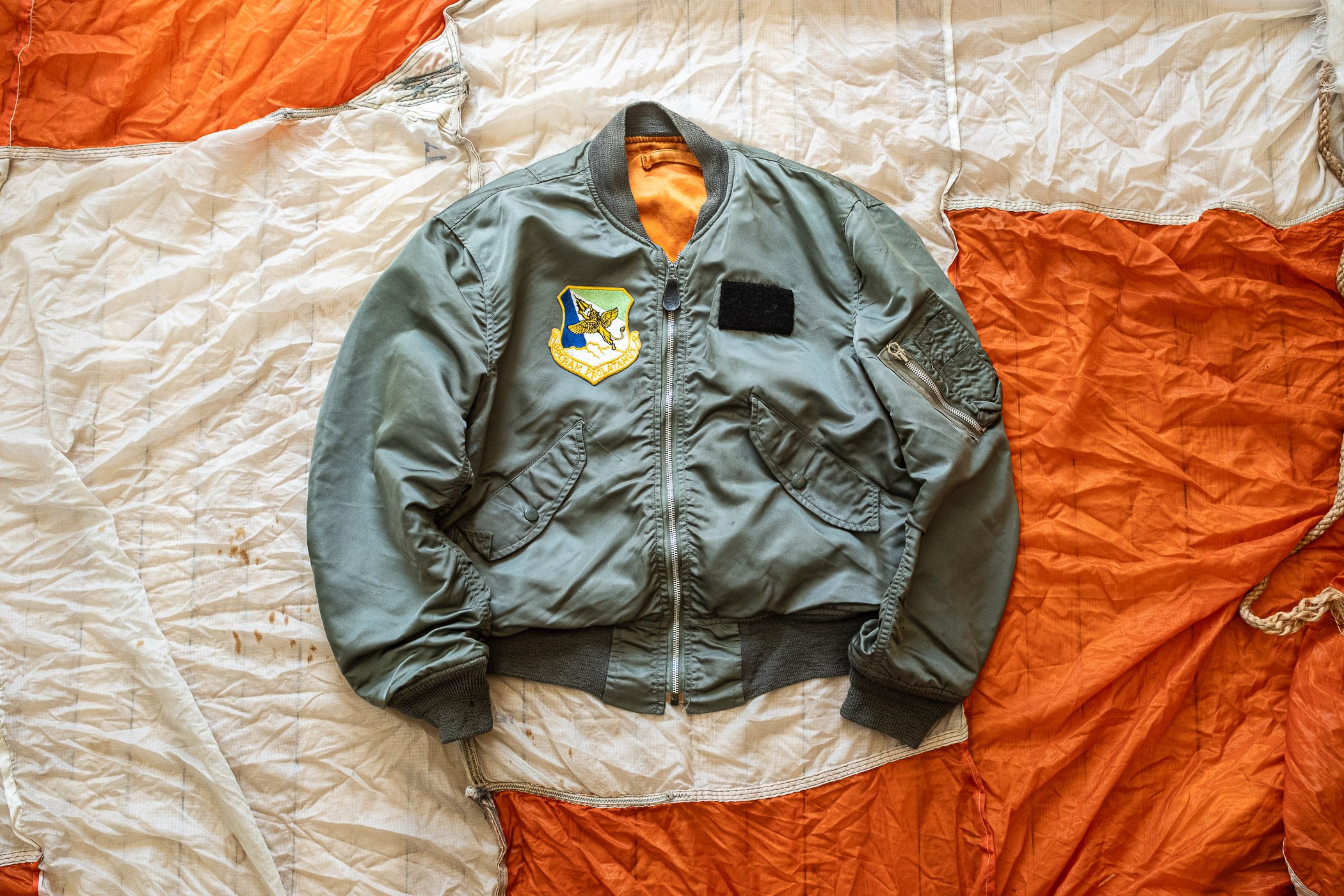
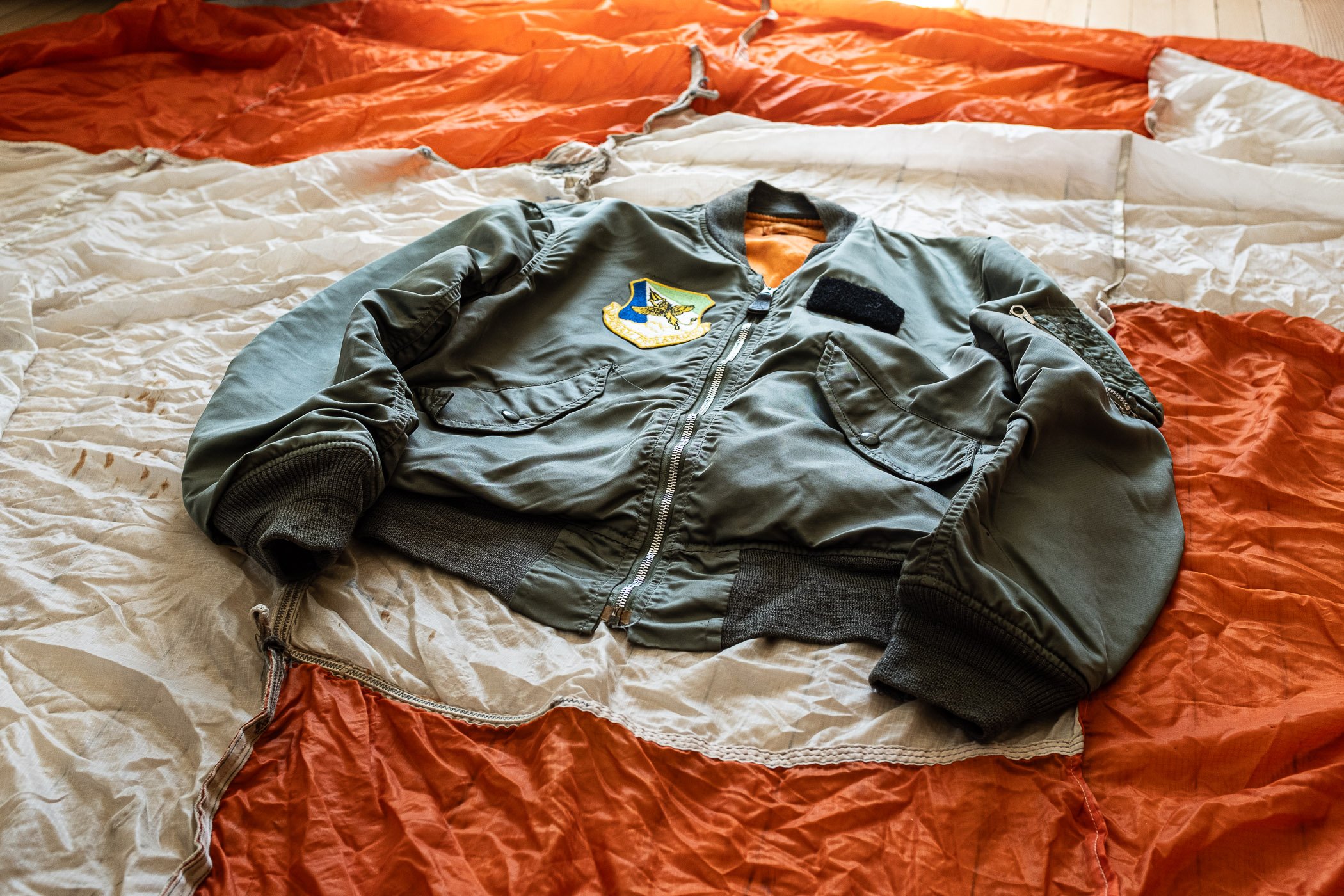
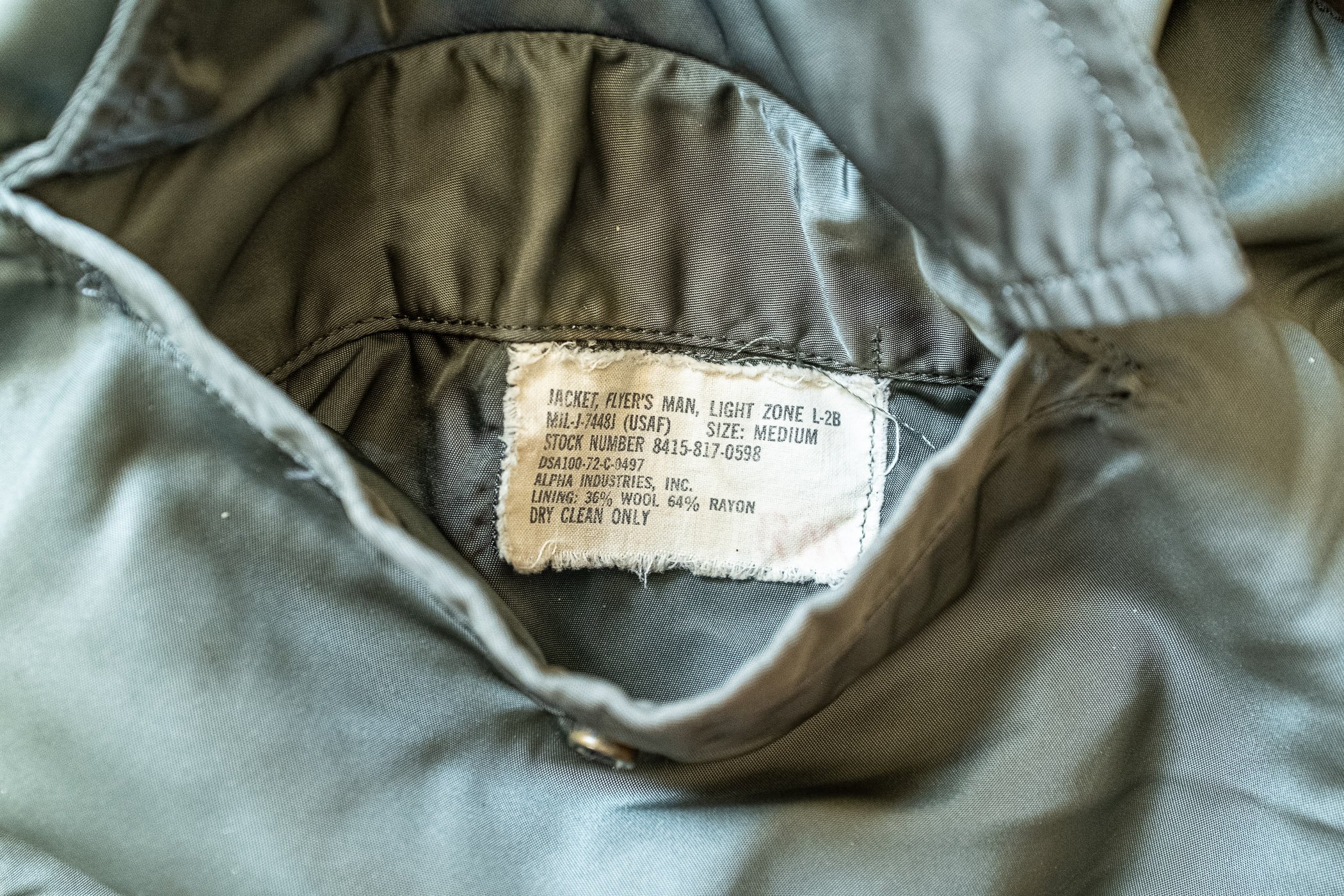
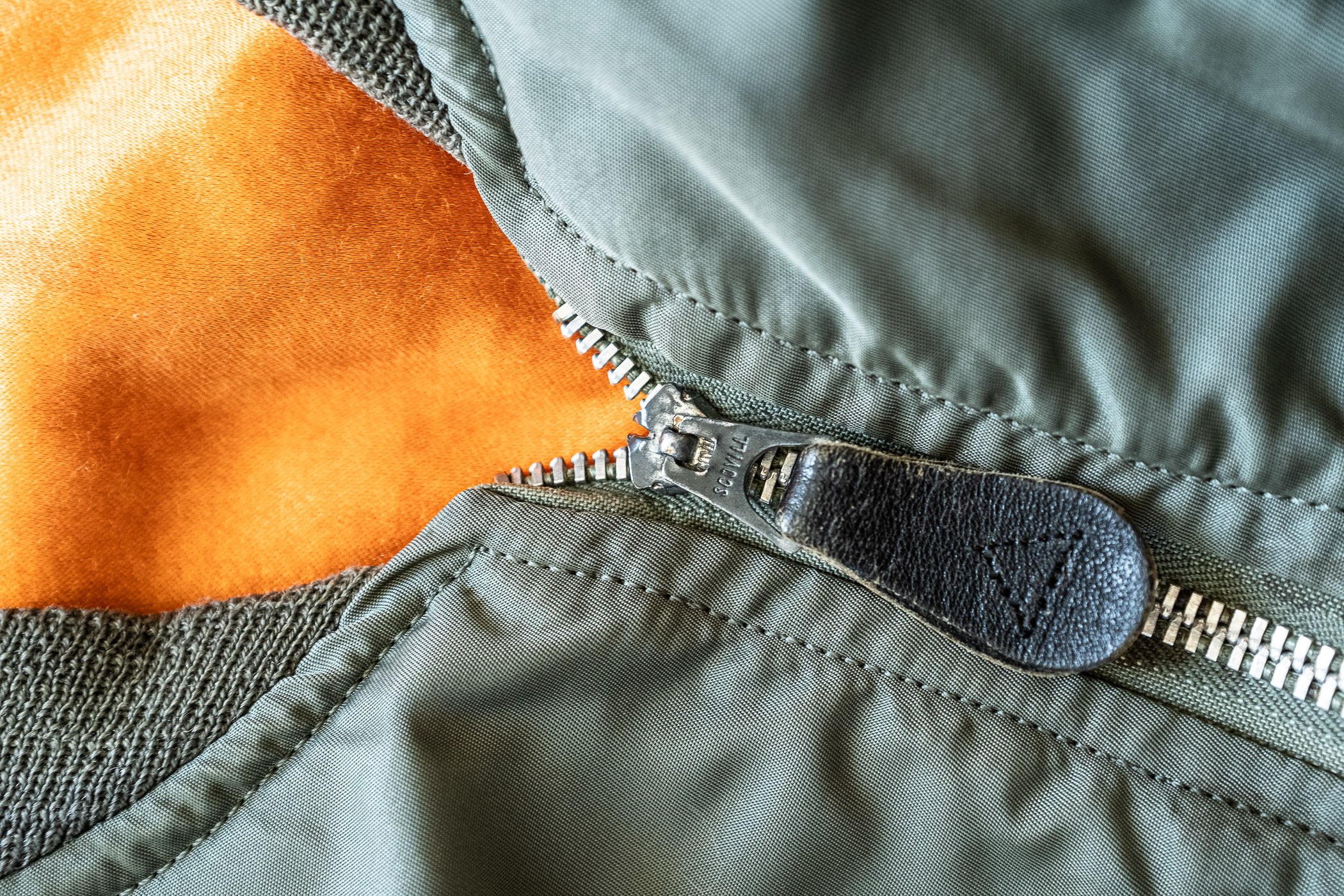

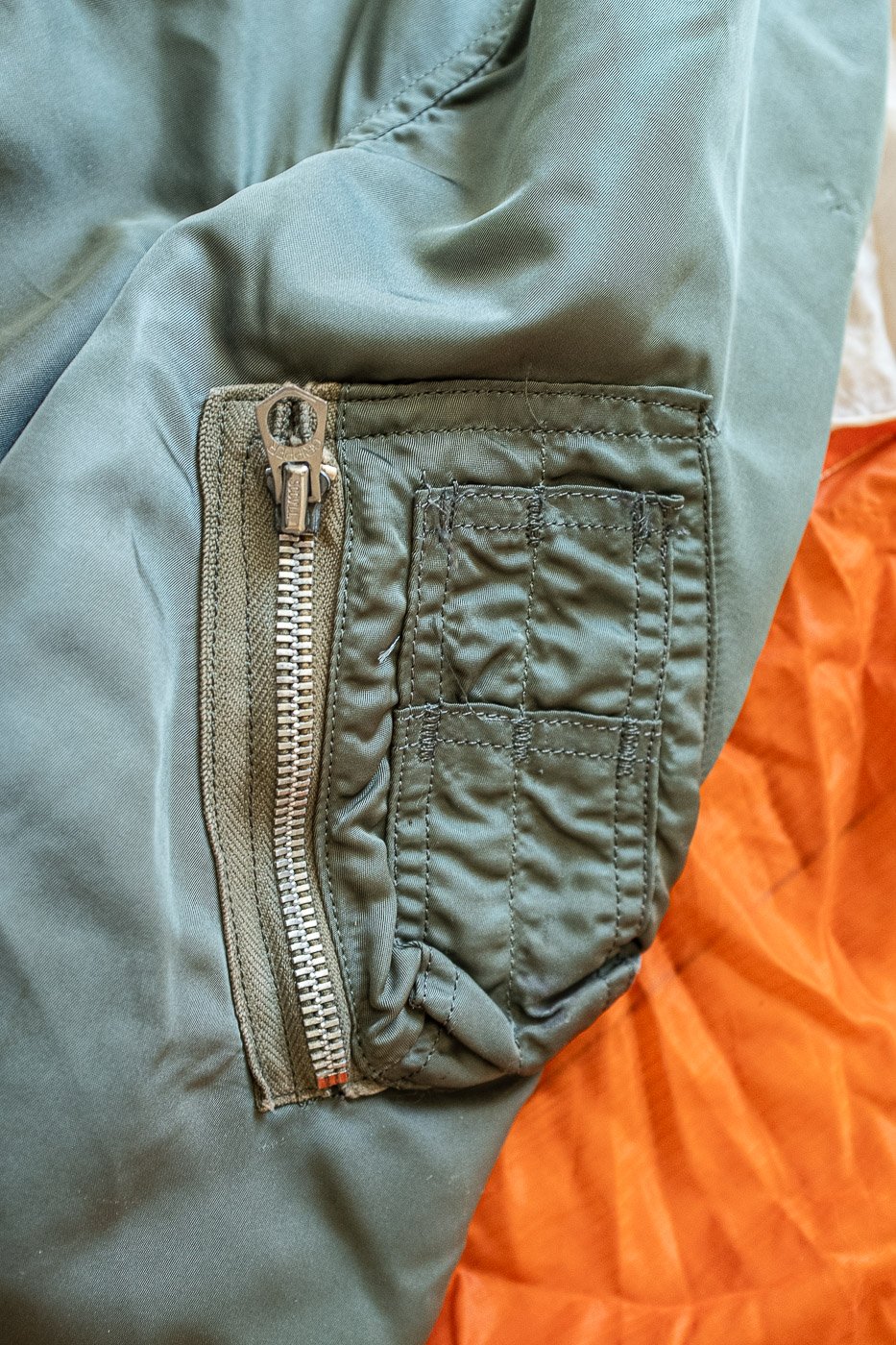
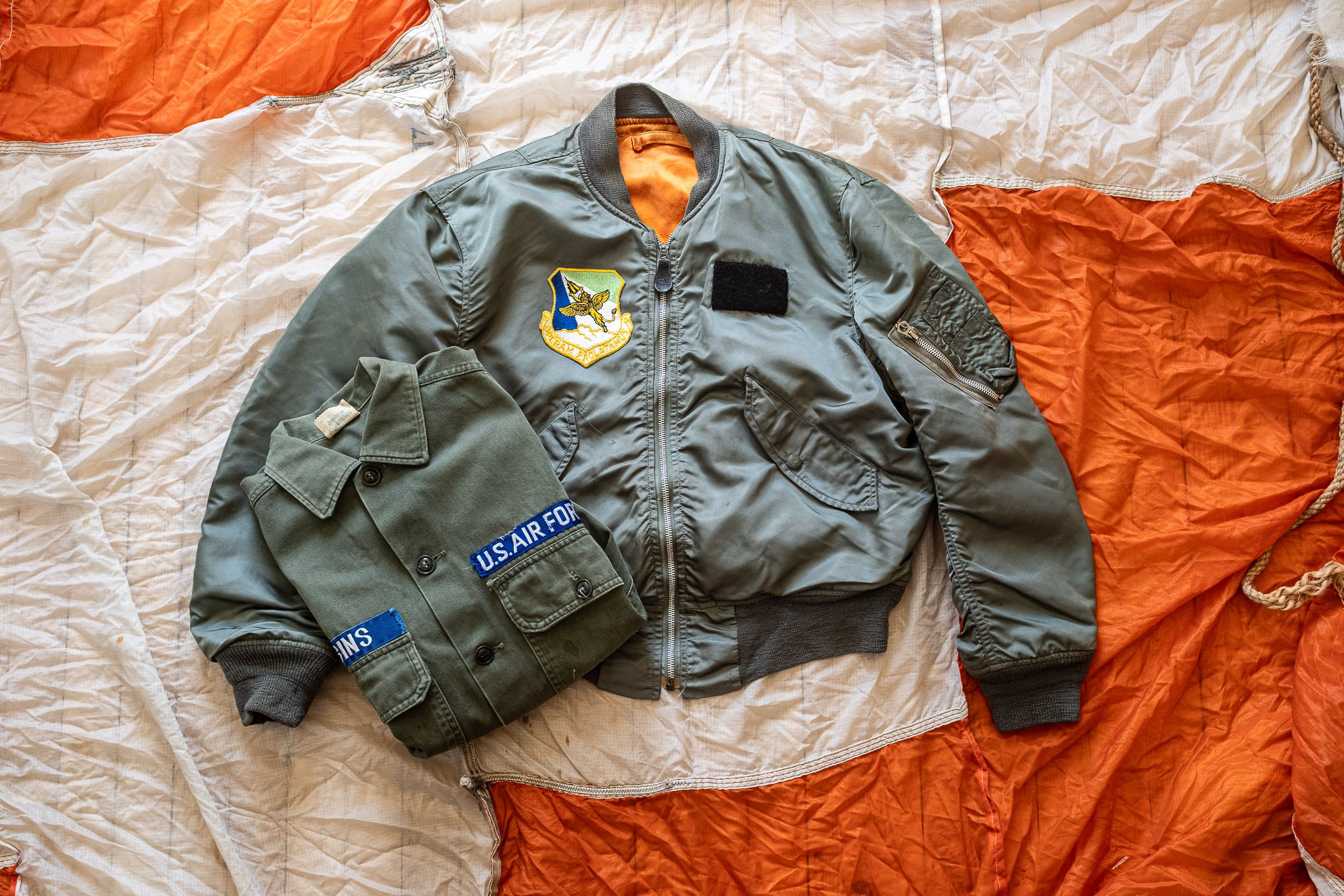
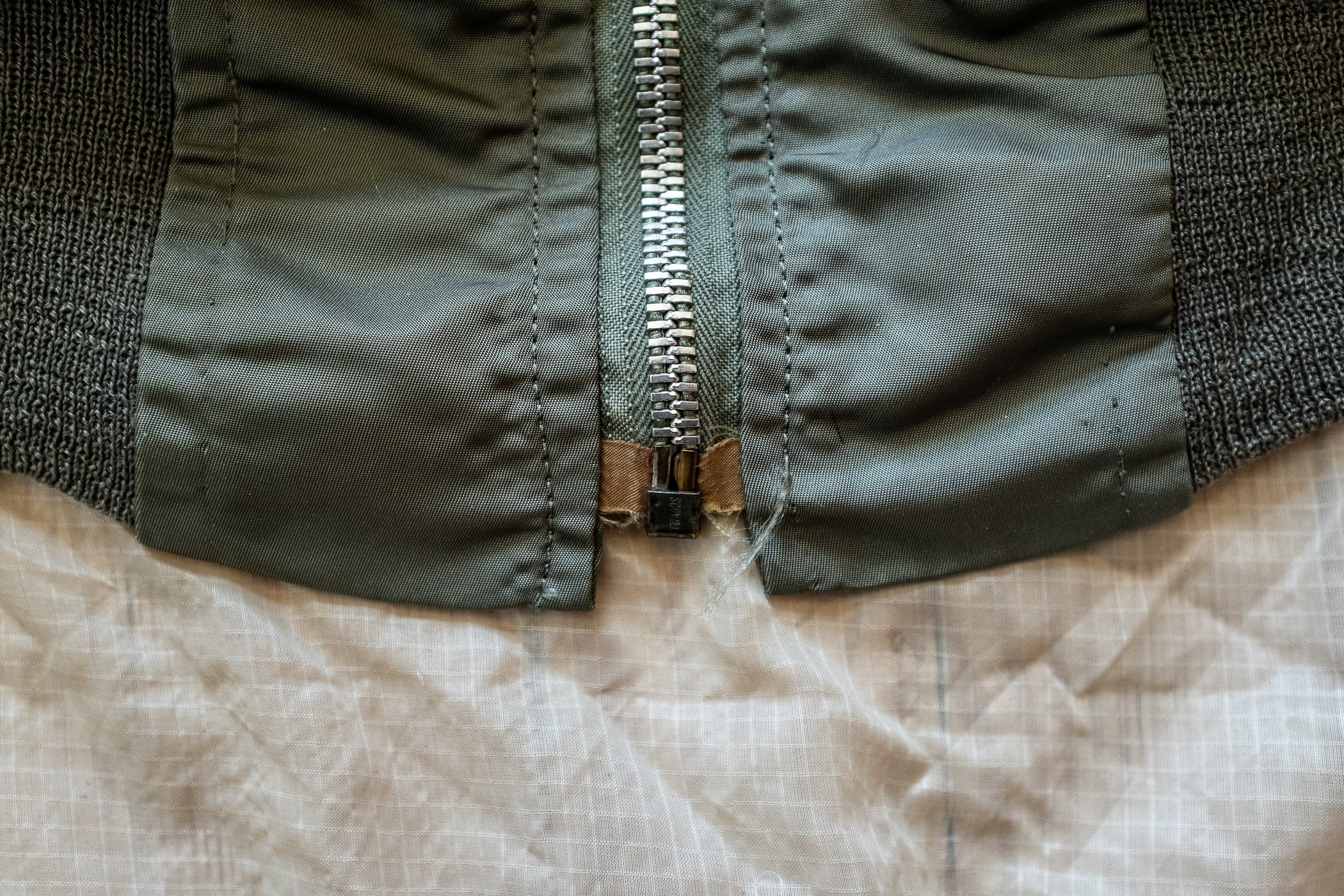
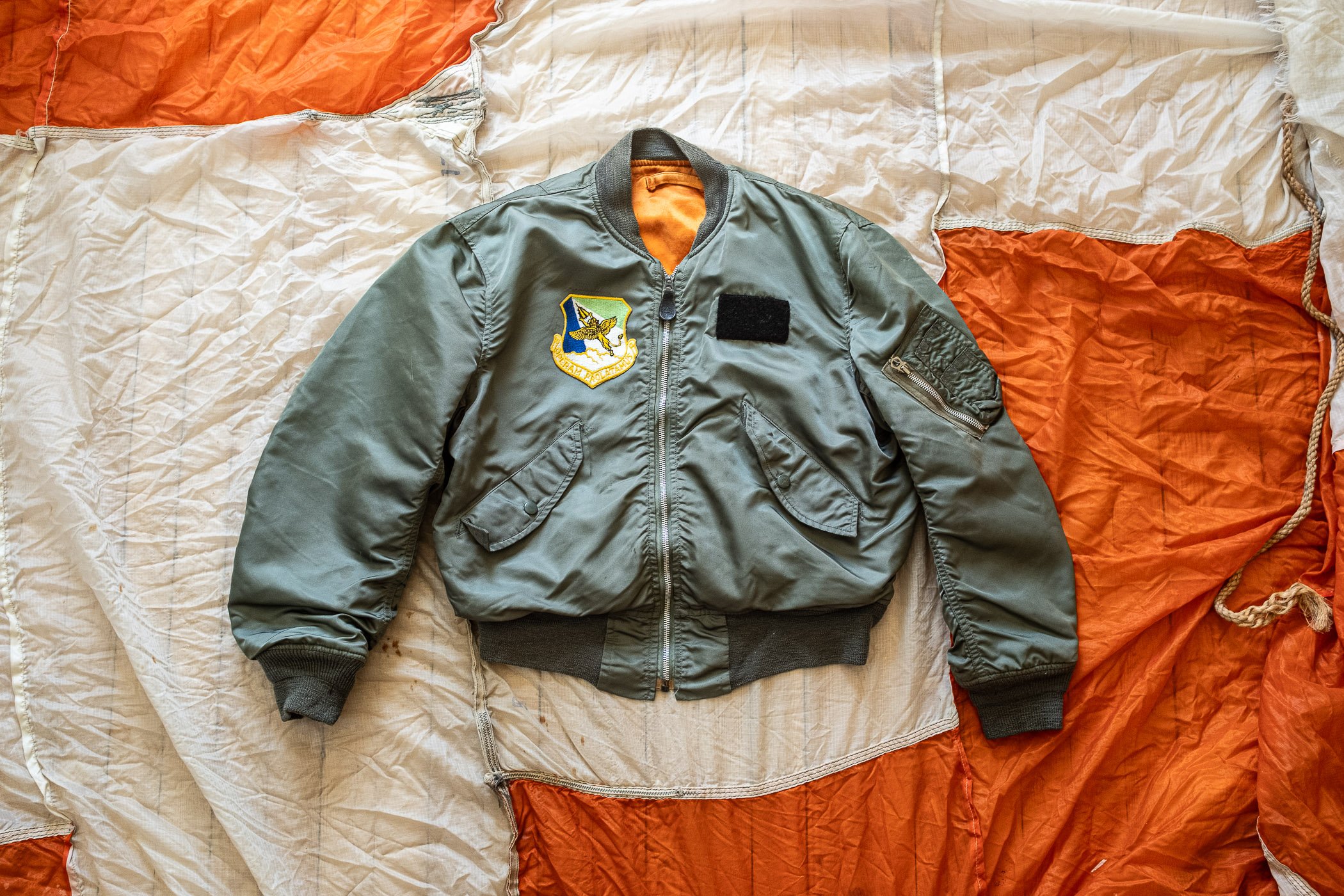
1960's Vietnam War USAF Air Refueling Wing L-2b Flight Jacket.
An incredible 1960’s/ Vietnam War era example of one of the most iconic USAF flight jackets ever made. The L-2b, replete with original Air Refueling Wing patch.
Here is a brief history:
”The USAF L-2B Flight Jacket was developed as a direct replacement for the blue L-2A Flight Jacket. L-2A Flight Jackets were produced in blue circa 1950 as part of an effort by the then-new USAF service branch to stand apart from the old USAAF and its association with the U. S. Army. This blue color proved unsatisfactory in combat conditions during the Korean War, where a downed airman needed a combat uniform color that would help conceal him from any nearby enemies and the new USAF blue, unfortunately, only made downed aviators better targets and more easily found. The result of this combat experience in the first two years of the Korean War resulted in the development of a new color that did better conceal downed airmen and, by mid-1952, the first of the combat flying clothing began to appear in this new color known as sage green. The early sage green tended to have a distinctly more silver-grey cast to it than the later sage green shade employed in the 1960s, which is one distinguishing characteristic of the earlier L-2B Flight Jackets.
The L-2B Flight Jacket was intended for wear in climates between 42 degrees and 65 degrees Fahrenheit, thus ideally suited for spring, summer and fall. The essential differences between the L-2A Flight Jacket and L-2B Flight Jacket are: Color changed from blue to sage green, size on labels changed from numerical (38, 40, 42, etc.) to textual increments (small, medium, large, etc.), the cut was made more generous and the outer nylon shell was changed from 1/3 twill to the heavier 2/2 twill, while the lining was changed from a wool-and-nylon blend to a wool-and-rayon blend. The L-2B Flight Jacket had a long service life, with later versions that featured the orange linings that were first introduced in 1964 still being found in service use into the late 1970s.”
Near mint condition with beautiful knits, all working CONMAR zippers, and even the original tag intact. Not to be missed.
Tagged size Small
pit to pit 23”
shoulder to shoulder 20”
shoulder to cuff 23.5”
shoulder to bottom 24”